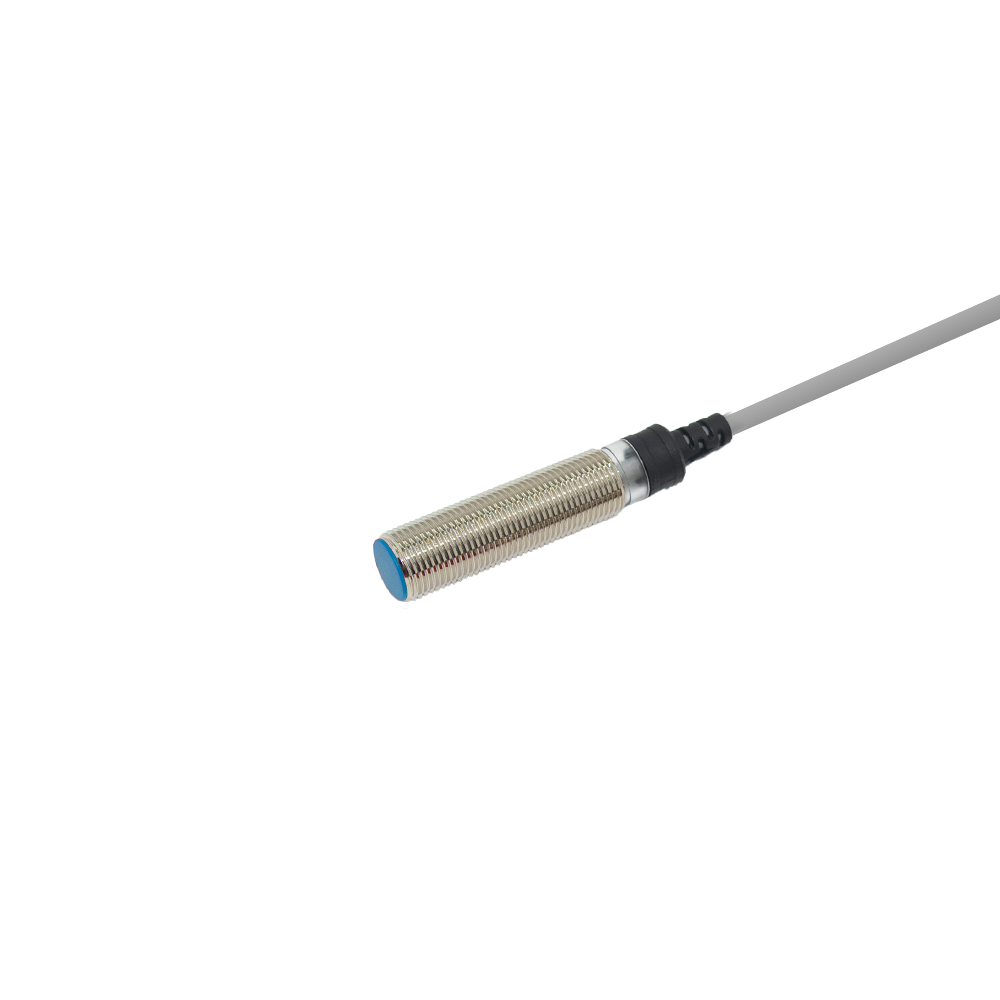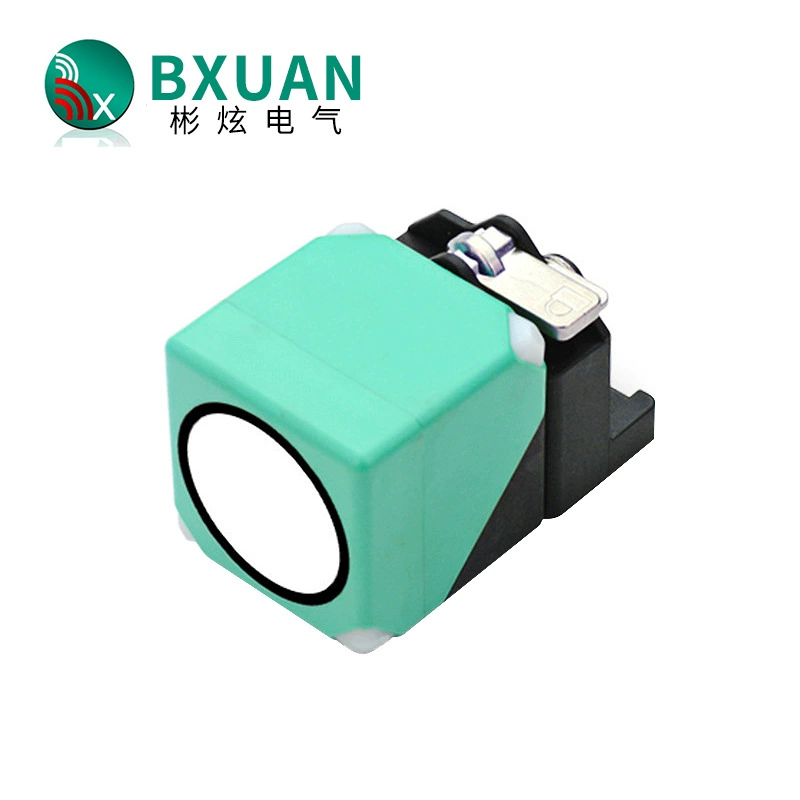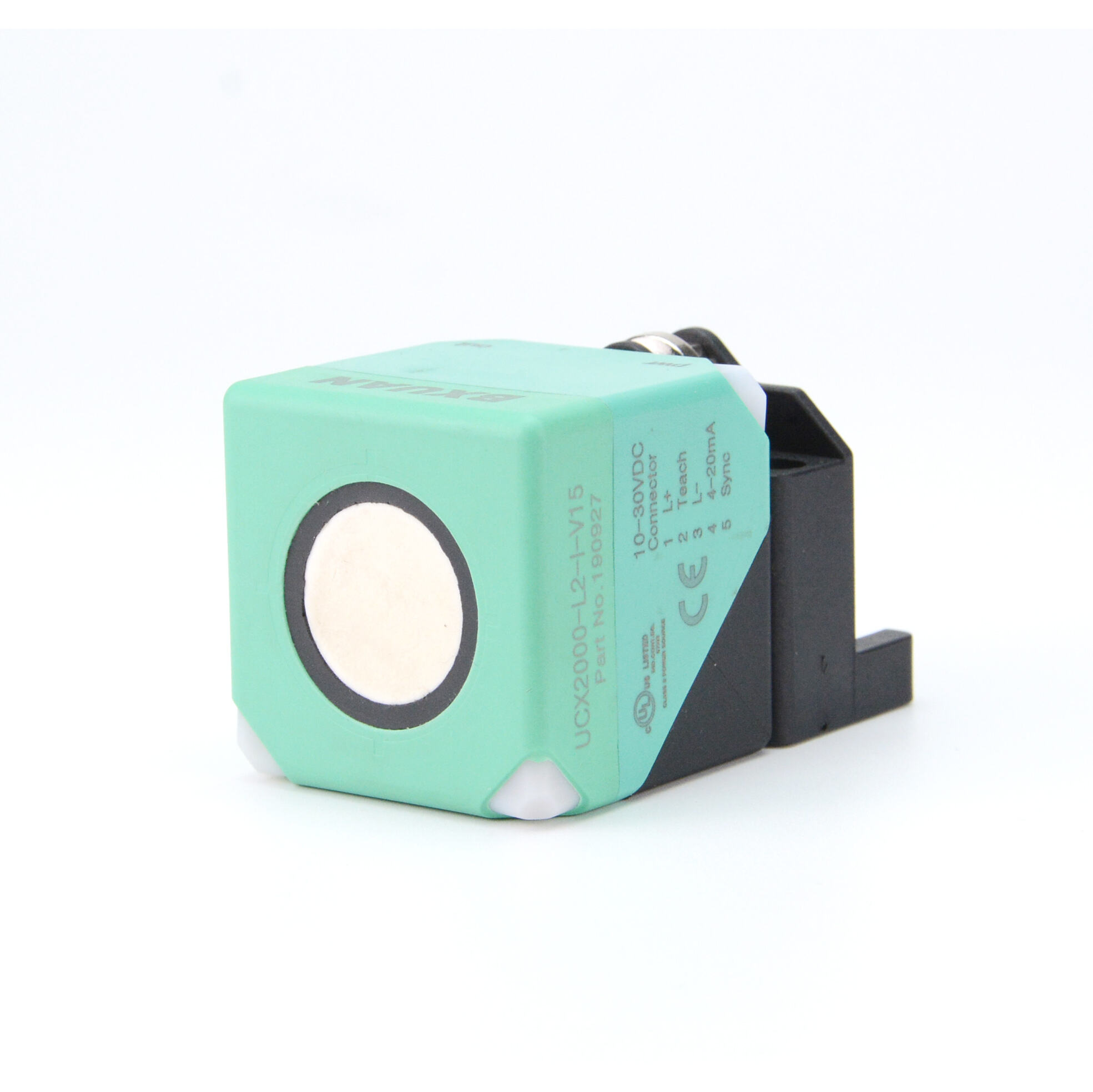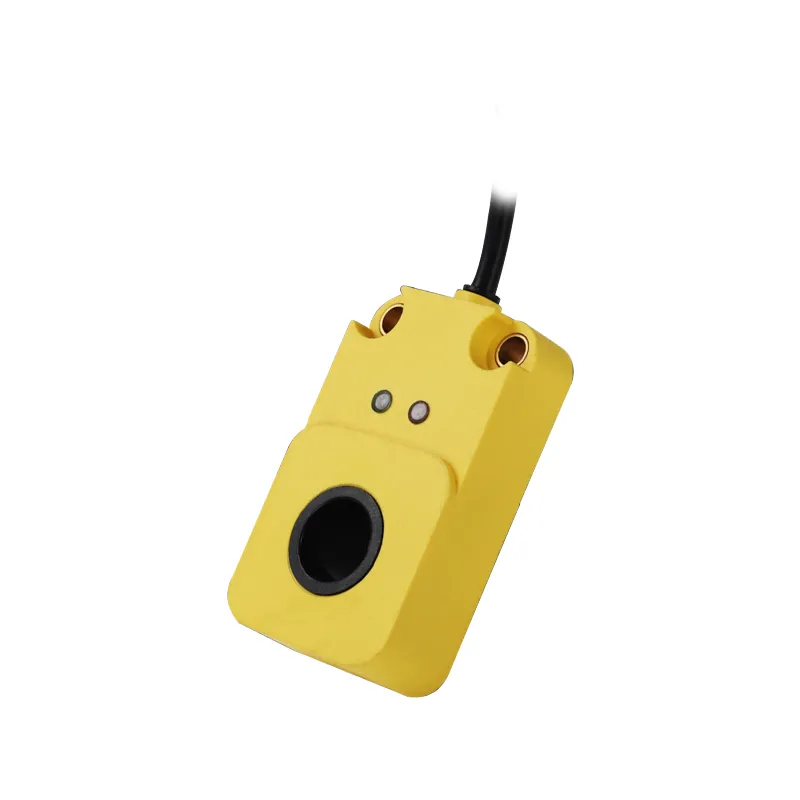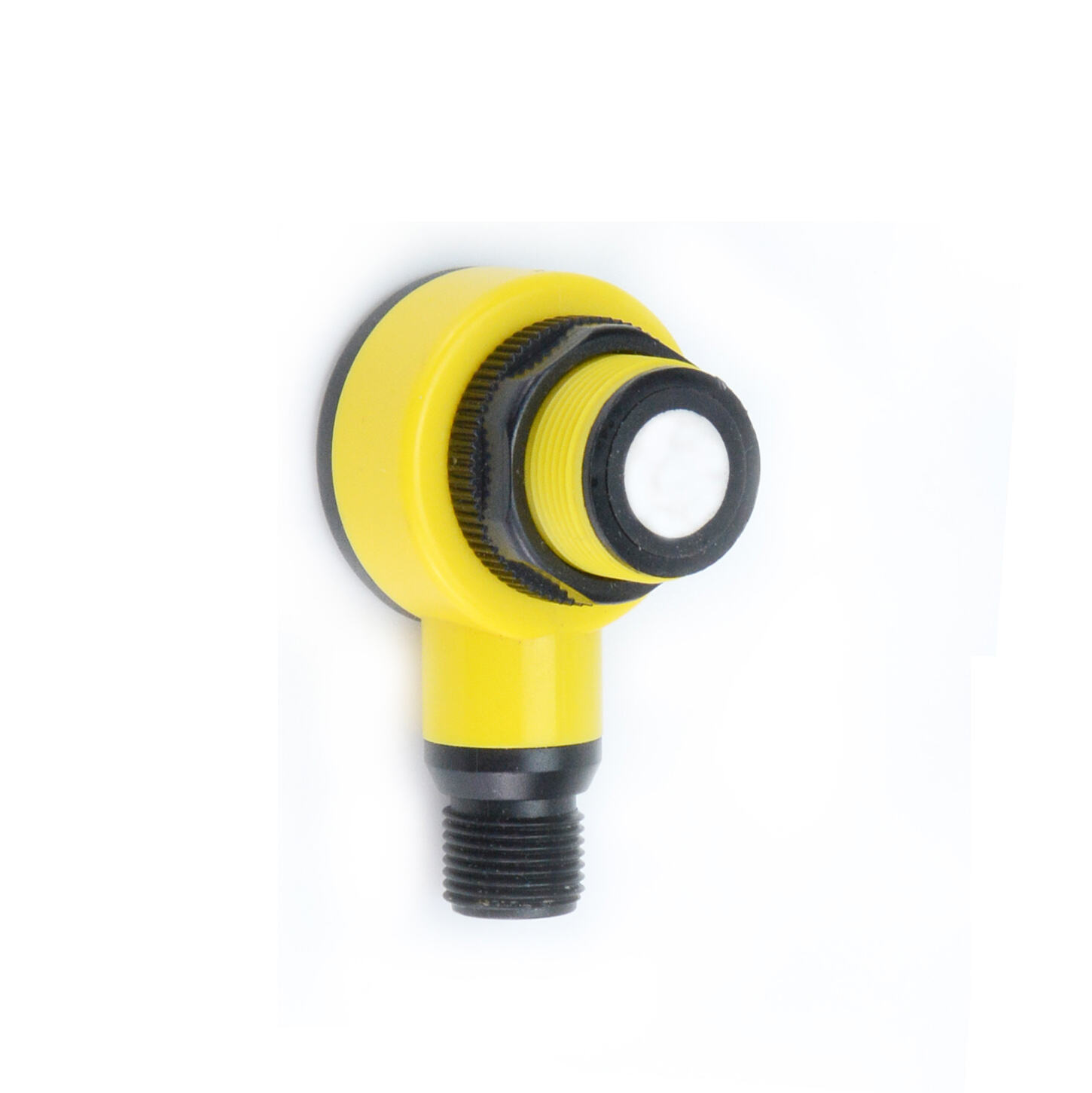fotoelektrisk ljussensor
En fotocell är en avancerad elektronisk enhet som omvandlar ljusenergi till elektriska signaler och utgör en viktig komponent i moderna automations- och kontrollsystem. Denna sofistikerade sensor fungerar enligt principen för den fotoelektriska effekten, där den upptäcker förändringar i ljusintensitet och svarar därefter. Sensorn består av en ljuskälla, vanligtvis en lysdiod (LED), och en fotoelektrisk mottagare som mäter infallande ljus. När ett objekt bryter ljusstrålen eller reflekterar den, utlöser sensorn en reaktion baserat på sin programmering. Dessa sensorer finns i olika konfigurationer, inklusive genomstrålnings-, retroreflektions- och diffusreflektionstyper, var och en lämplig för olika tillämpningar. Tekniken innefattar avancerade funktioner som bakgrundsundertryckning, vilket möjliggör exakt detektering oavsett målobjektets färg eller reflektionsförmåga. Moderna fotoelektriska sensorer har ofta justerbara känslighetsinställningar, flera utgångsalternativ samt robust skydd mot miljöpåverkan som damm och fukt. Deras tillämpningar sträcker sig över flera branscher, från tillverkning och förpackning till säkerhetssystem och konsumentelektronik, vilket gör dem oumbärliga i dagens automatiserade värld.

